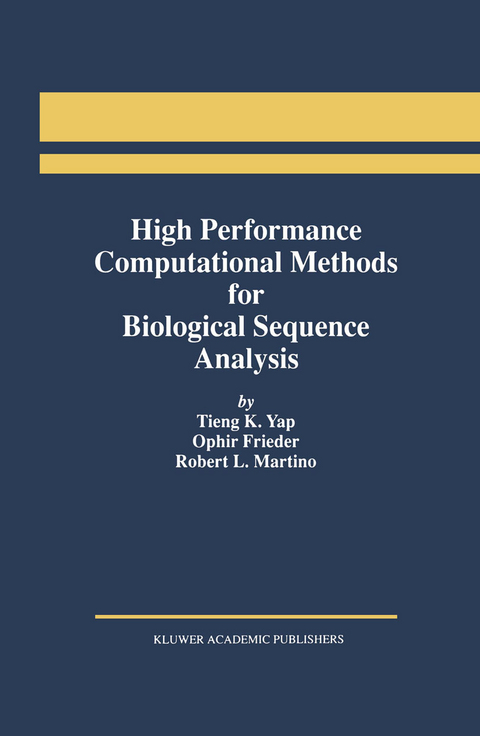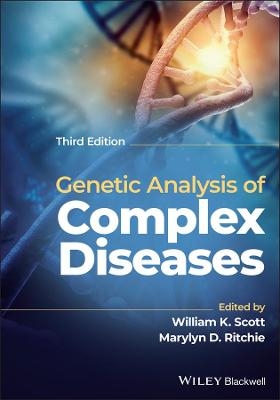
High Performance Computational Methods for Biological Sequence Analysis
Springer-Verlag New York Inc.
978-1-4612-8602-8 (ISBN)
This work focuses on high performance computational approaches that are used to perform computationally intensive biological sequence analysis tasks: pairwise sequence comparison, multiple sequence alignment, and sequence similarity searching in large databases. These computational methods are becoming increasingly important to the molecular biology community allowing researchers to explore the increasingly large amounts of sequence data generated by the Human Genome Project and other related biological projects. The approaches presented by the authors are state-of-the-art and show how to reduce analysis times significantly, sometimes from days to minutes.
High Performance Computational Methods for Biological Sequence Analysis is tremendously important to biomedical science students and researchers who are interested in applying sequence analyses to their studies, and to computational science students and researchers who are interested in applying new computational approaches to biological sequence analyses.
1 Introduction.- 1.1 The Human Genome Project.- 1.2 Informatics.- 1.3 Summary.- 2 Biological Background.- 2.1 Introduction.- 2.2 Types of biological sequences.- 2.3 DNA extraction and amplification.- 2.4 Sequencing technology.- 2.5 Sequence databases.- 2.6 Summary.- 3 Sequence Analysis Algorithms.- 3.1 Introduction.- 3.2 Substitution score matrices.- 3.3 Pairwise sequence alignment.- 3.4 Multiple sequence alignment.- 3.5 Sequence similarity searching.- 3.6 Summary.- 4 High Performance Computing Architectures and Techniques.- 4.1 Introduction.- 4.2 Parallelism: what and why?.- 4.3 Types of computation.- 4.4 Classification schemes.- 4.5 Metrics.- 4.6 Performance related factors.- 4.7 Summary.- 5 Multiprocessor Sequence Alignment.- 5.1 Introduction.- 5.2 Pairwise sequence alignment.- 5.3 Multiple sequence alignment.- 5.4 Summary.- 6 Multiprocessor Sequence Similarity Searching.- 6.1 Introduction.- 6.2 Fine-grain approach.- 6.3 Coarse-grain approach.- 6.4 Summary.- 7 Biological Sequence Resources on the Internet.- 7.1 Introduction.- 7.2 Accessing tools.- 7.3 Search engines.- 7.4 Summary.- 8 Looking to the Future.- References.
| Zusatzinfo | XX, 212 p. |
|---|---|
| Verlagsort | New York, NY |
| Sprache | englisch |
| Maße | 155 x 235 mm |
| Themenwelt | Mathematik / Informatik ► Informatik ► Theorie / Studium |
| Mathematik / Informatik ► Mathematik ► Angewandte Mathematik | |
| Studium ► 2. Studienabschnitt (Klinik) ► Humangenetik | |
| Naturwissenschaften ► Biologie ► Genetik / Molekularbiologie | |
| Naturwissenschaften ► Biologie ► Zellbiologie | |
| ISBN-10 | 1-4612-8602-6 / 1461286026 |
| ISBN-13 | 978-1-4612-8602-8 / 9781461286028 |
| Zustand | Neuware |
| Haben Sie eine Frage zum Produkt? |
aus dem Bereich


